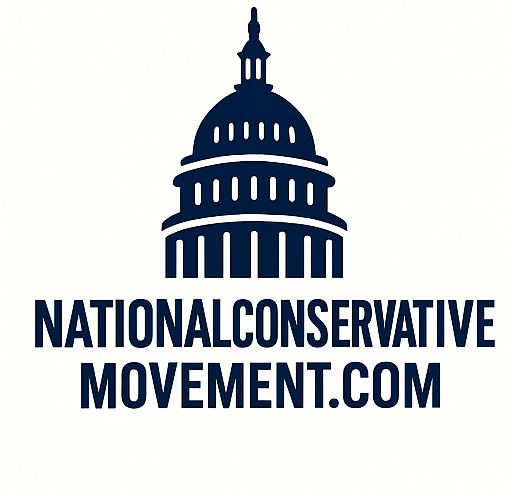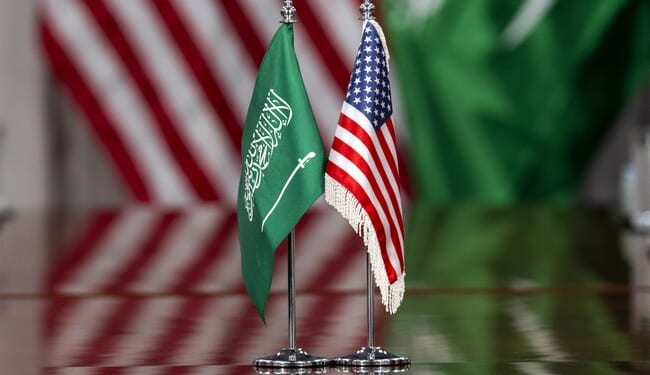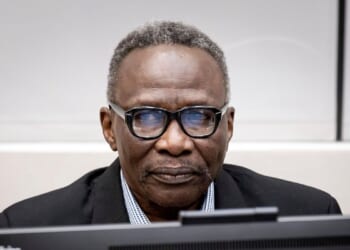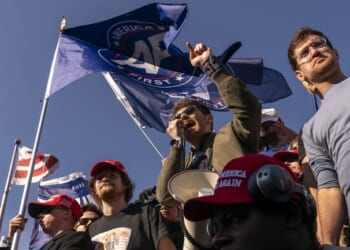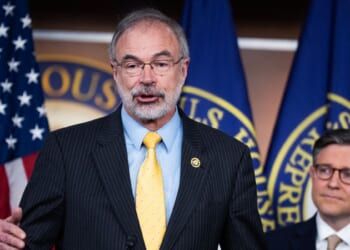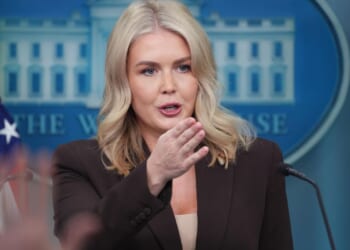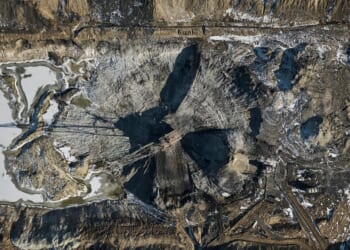
A Relationship Built From Need, Not Affection
The relationship between the United States and Saudi Arabia reminds me of arranged marriages between royal European families, filling a need rather than relying on love. It’s a similar story behind the relationship between the two countries, one formed by need rather than shared ideals.
Energy demands had shaped early choices, while regional storms shaped later ones. Both countries built a partnership that looked practical rather than combative, an arrangement resembling two coworkers who argue like an old, married couple, yet still manage the company’s most important account. Each side needed the other, even when one side irritated the other.
The partnership roots go back to the 1930s, when American companies secured oil concessions in the Kingdom. The discovery of vast oil reserves completely changed the global energy map. The United States gained a foothold in a region filled with rival powers. The Saudi leadership gained resources, security, and a new path into the modern world. Those early agreements laid the foundation for the decades that followed.
Oil Became Power, and Power Needed Protection
The bond was shaped by oil from the start: American industry and households relied heavily on imported energy through most of the last century, a reliance that created a strategic bargain.
The United States supplied arms, training, and support, while Saudi Arabia countered with barrels, stability, and a counterweight to hostile neighbors.
After World War II, that bond hardened; Saudi Arabia watched threats from regional actors, while the United States watched the Soviets’ influence begin to creep across borders.
Protection and access to energy each grew in value; two different systems and cultures found common ground in shared interests — a classic realpolitik arrangement, driven by survival rather than sentiment.
Storms That Tested the Deal
Over the decades, plenty of storms appeared on the horizon, threatening to rip the deal apart. The 1973 oil embargo delivered one of the worst shocks to the American economy, teaching it how vulnerable it had become.
Pain at the pump met frustration in Washington, yet the relationship survived for one simple reason: both sides feared instability more than anger.
Another severe blow came on 9/11, with the fact that many hijackers came from Saudi Arabia, shaking public trust.
While critics wanted a clean break, strategic planners insisted on caution. The United States needed a partner in a region filled with conflict, and the Saudis needed American security guarantees to survive that same chaos.
Both sides hung together because the alternatives looked worse.
Many administrations faced friction from regional conflicts, human rights concerns, corruption, and religious tensions.
Yet, the same old song kept the relationship intact: both countries viewed their partnership as a strategic anchor. Washington’s playbook incorporated the durability despite crisis after crisis.
A New Phase Under President Trump
When Donald Trump took office, the relationship looked different because he treated the Saudis as a strategic partner rather than a moral project.
Trump emphasized energy independence at home and firm alliances abroad, pushing for precise lines, demanding fair deals, and expecting cooperation without lectures, an approach that reset the tone. The Kingdom understood the expectations because the message was direct and simple.
Earlier this year, the United States agreed to a massive arms package worth roughly $142 billion. The Trump administration also elevated Saudi Arabia to the status of a major non-NATO ally, a move that strengthened every strategic link between the two governments.
Diplomatic outreach generated another significant shift: Reports show that Mohammed bin Salman told President Trump that the Kingdom stands ready to join a formal agreement modeled after the Abraham Accords. This message signaled a significant change in Saudi strategy, in which normalization with Israel would alter the regional balance of power, strengthen coalitions against hostile actors, and open economic corridors that benefit all partners.
Trump saw that opportunity the way a rancher views a sturdy fence during storm season: a strong partnership offering safety, order, and a clear boundary when chaos pushes in from every direction. He pressed for a path that served American interests and regional stability.
Knowing the stakes, Trump understood the value of an alliance that carried weight in every capital across the Middle East.
A Region Shifting Under New Pressures
The past decade brought rapid change to the Middle East: Iran expanded its influence across the region, Russia deepened its influence, and China sought a new foothold in Gulf economies.
Pressures like these heightened the value of trusted alliances, as Saudi Arabia flirted with new partners, especially China, while still relying on American support.
Despite those shifts, the U.S. retains unmatched military reach, intelligence capabilities, and diplomatic strength, and Saudi Arabia relies on those assets during each crisis.
Both America and the Kingdom understand the stakes.
Final Thoughts
The partnership between the United States and Saudi Arabia grew from practical needs rather than shared ideas. A long chain of crises tested their commitment, yet the bond endured because of the threat of instability.
Like all relationships, the alliance faces new tests as global power shifts and energy markets change. The next few decades will reveal whether two very different nations can keep a complex bargain alive in a tougher world.
For deeper analysis on America’s foreign policy moves and the strategic choices behind every major alliance, join PJ Media’s VIP community.
You gain access to exclusive columns, insider context, and commentary built for audiences who want more than surface-level coverage.
